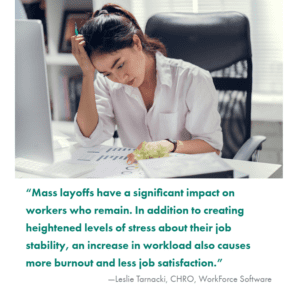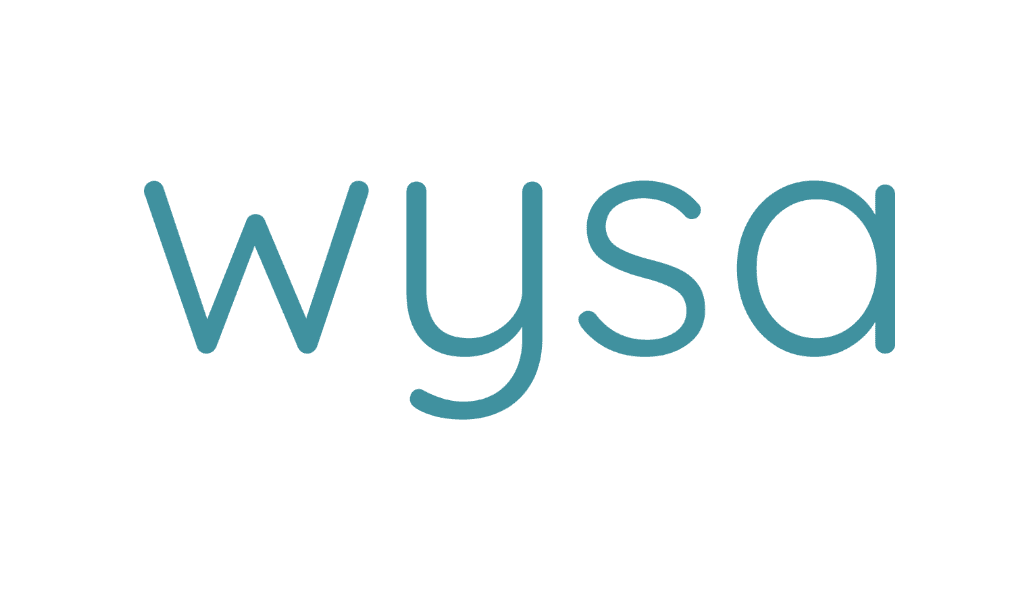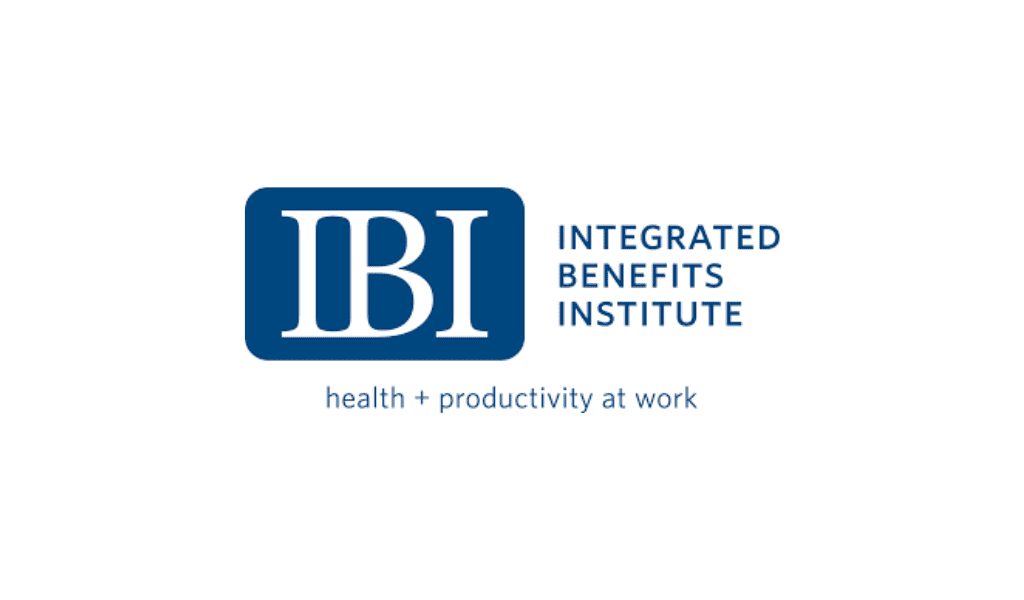Organizations need to take a proactive approach in order to foster trust and security among remaining employees.
By Zee Johnson
Layoffs have been sending shockwaves throughout the workforce after some of the world’s largest companies cut tens of thousands of jobs in the past several months. The U.S. Bureau of Labor Statistics reported that in March 2023, the number of layoffs and discharges jumped up to 1.8 million (an increase of 248,000 from February), the highest level since December 2020.
While there has been much talk about how companies have supported those who are now unemployed and the resources and assistance they have provided, what about the employees who remain? How can organizations cater to and effectively support the workers who may now be fearful about their professional future?
“The continued economic downturn and ongoing layoffs since last year have created an environment of uncertainty for remaining employees,” says Catherine Marinis-Yaqub, principal at Control Risks. “Workplace instability compounded by the loss of coworkers who are frequently friends result in low morale and productivity, along with feelings of sadness, despair, anger, and confusion.” She also says that when employees are laid off, redistributed workloads can lead to immense feelings of stress, anxiety, and burnout.
The Feelings that Follow
A recent Korn Ferry survey found that almost 90% of professionals reported suffering from burnout. In fact, 81% said they feel more burned out now than during the pandemic. And a second survey found that 43% of employees reported being chronically exhausted, and the daily stress adversely impacts their work and home life.
Leslie Tarnacki, chief human resources officer of WorkForce Software, says these numbers are particularly true for the workers who are still standing, following layoffs. “Mass layoffs have a significant impact on workers who remain. In addition to creating heightened levels of stress about their job stability, an increase in workload also causes more burnout and less job satisfaction,” she says.
Global Head of the Talent and Performance Practice at NeuroLeadership Institute, Christy Pruitt-Haynes, agrees that layoffs place added pressure on the current staff, but also says they can cloud their minds with a series of unanswered questions. “Layoffs leave those left behind with a great deal of uncertainty about their future. The first response is often, ‘Will I be next,’ followed by, ‘How will I do all of my work plus the work of those who are no longer here?’” she says. “There can also be a bit of survivor’s remorse where they wonder, ‘Why am I still here and did the company make the right decision to keep me over those who were let go?’ All of those questions lead to stress, uncertainty, and frustration.”
Nilesh Thakker, managing partner and global head of talent practice at Zinnov, says after layoffs, leaders must implement approaches that have engagement and connection at their core. “To support remaining employees, organizations can reignite team morale through initiatives like periodic happy hours, one-on-one listening sessions, and team-building activities.” He provides even more ways that leaders can strengthen relationships and rekindle belonging including the following.
- Promote cross-team collaboration.
- Prioritize and invest in learning and development to reinforce job security.
- Conduct relevant training sessions to help employees grow within the company to instill trust.
- Clearly convey the purpose of and the expectation for the remaining employees to reassure them.
Tarnacki thinks that providing comfort through communication is critical for remaining workers and says that leaders should take this opportunity to get personal.
“Employers need to acknowledge how these survivors are feeling and be candid, clear, and consistent in communicating reassurance,” she says. “It’s important for organizations to give these individuals additional attention. This can be done by providing guidance on priorities and establishing opportunities for peer-to-peer communications among the company’s front-line managers so they feel connected and can collaborate and share learnings with one another.”
With 77% of workers saying they would consider leaving a job that didn’t prioritize well-being, Marinis-Yaqub says that ultimately, companies must take an empathetic approach in the aftermath of layoffs to minimize the risk of losing even more employees.
“It is important that companies demonstrate compassion, understanding, support, and respect to employees so they feel heard, appreciated, and inspired to stay focused and productive,” she says. “Check in with employees one-on-one frequently and routinely, and don’t forget to support line managers who often take the brunt of layoffs by having to redirect and remotivate employees.” She says having an open-door policy is a great way to bolster trust, as well as providing counseling and mentorship.

Protecting Employer Brand
Employees should be an organization’s first line of concern when dealing with mass layoffs. But leaders should also consider how their employer brand will be impacted.
Take Google, for instance. Earlier this year, thousands of employees were laid off via email, a move that received an outpour of responses stating that the company lacked empathy and viewed their people as disposable and invaluable. McDonalds sent on-site employees home and said they would later notify them if they were terminated, an unconventional procedure that sparked major debate. And another company decided it was best to inform 900 employees in a one-way Zoom call that they would be let go. The backlash from this resulted in three company executives resigning.
Pruitt-Haynes says that before issuing layoffs in today’s climate, leaders must be acutely aware of how exactly they plan to do it. “The how matters. How a company exits employees, how they communicate it, and how they take care of both the exited employees and the employees who remain is critical to ensuring an organization’s brand isn’t tarnished,” she says. “Decisions like laying off employees have huge ramifications for those affected and if a company handles it in the most humane way, the public will respond more positively.”
Tarnacki agrees that how layoffs happen is the most important part of it and thinks that neglecting empathy and honesty will cause more harm than good. “How companies go about handling layoffs, from the moment they realize downsizing is the only solution, to the moments and days after the layoffs occur, factor into how a company’s brand image will be perceived going forward,” she says. “Providing employees this kind of unexpected news and then acting as if nothing happened will damage the brand and company culture.” To avoid this, she says, employers should offer as much assistance as possible.
Mass layoffs have become commonplace, Thakker says, and despite the varied working models that are prevalent today, employers should extend the same experience and resources to in-office and hybrid/remote employees. “An employer can offer to assist laid-off staff with referrals, best practices to improve/augment their resume, and even create a community of former and current employees to support each other in their professional and personal lives,” he says.
Marinis-Yaqub seconds that providing resources to both former and current employees can reduce bad blood as well as negative blowback and press. Some examples, include:
- severance packages;
- extended healthcare benefits;
- employment search assistance; and
- counseling and mentoring for remaining employees.

Easing Anxiety and Strengthening Belonging
Employees are a company’s biggest asset. So, ensuring that they feel like they belong is of utmost importance, especially following layoffs. Employees who don’t feel like they belong are 59% more likely to consider quitting their jobs, citing mental health concerns. A second report found that 42% of employees don’t feel cared for by their employers. And when employees don’t feel cared for, 46% intend to quit (versus 11% of employees who do feel cared for).
Thakker says pending attrition can be impeded by delivering a hyper-personalized employee experience that shows that the company truly cares. Here’s how he advises organizations to keep workers connected.
- Provide regular check-ins.
- Focus on their development and growth path within the organization.
- Expose them to different aspects of the business.
- Give them autonomy, purpose, ownership, and opportunities to showcase their potential.
He also thinks that it’s important to transform the workplace into a safe space by treating employees with respect and creating a robust infrastructure and system that they can rely on for things like health, knowledge, and guidance.
During these fickle and challenging times, Tarnacki says it’s not uncommon for managers to know only as much as their employees. Therefore, leaders must be transparent to everyone about what the future holds for them and for the company. “Managers should be acknowledging this in team meetings or one-on-one discussions to let their employees know they are not being kept in the dark and that the next steps or updates have not yet been provided by leadership,” she says. “I cannot stress enough how important it is for employers to be transparent, communicate regularly, and acknowledge their remaining employees.” She adds that leaders must also be direct about the future of the business and any plans for more layoffs through open channels for two-way communication and questions that help remaining employees feel heard and connected.
Assuring employees that their value has not dwindled amid unfortunate, yet necessary decisions is how companies can continue to foster trust. “Let them know how you chose who was exited, what the ongoing priorities of the organization are, and how their role fit into that,” Pruitt-Haynes says. “Let them know they are needed and valued and make sure they understand how they will contribute to the success of the organization going forward.”
In the end, an organization that has strong leadership and an even stronger culture will be the one that can weather the most trying of storms and come out on top. “Companies should not underestimate the importance of culture. Ideally, companies are continuously practicing open communication, transparency, and respect with their employees so that it’s a part of their company culture. This will go a long way during hard times,” Marinis-Yaqub says.














